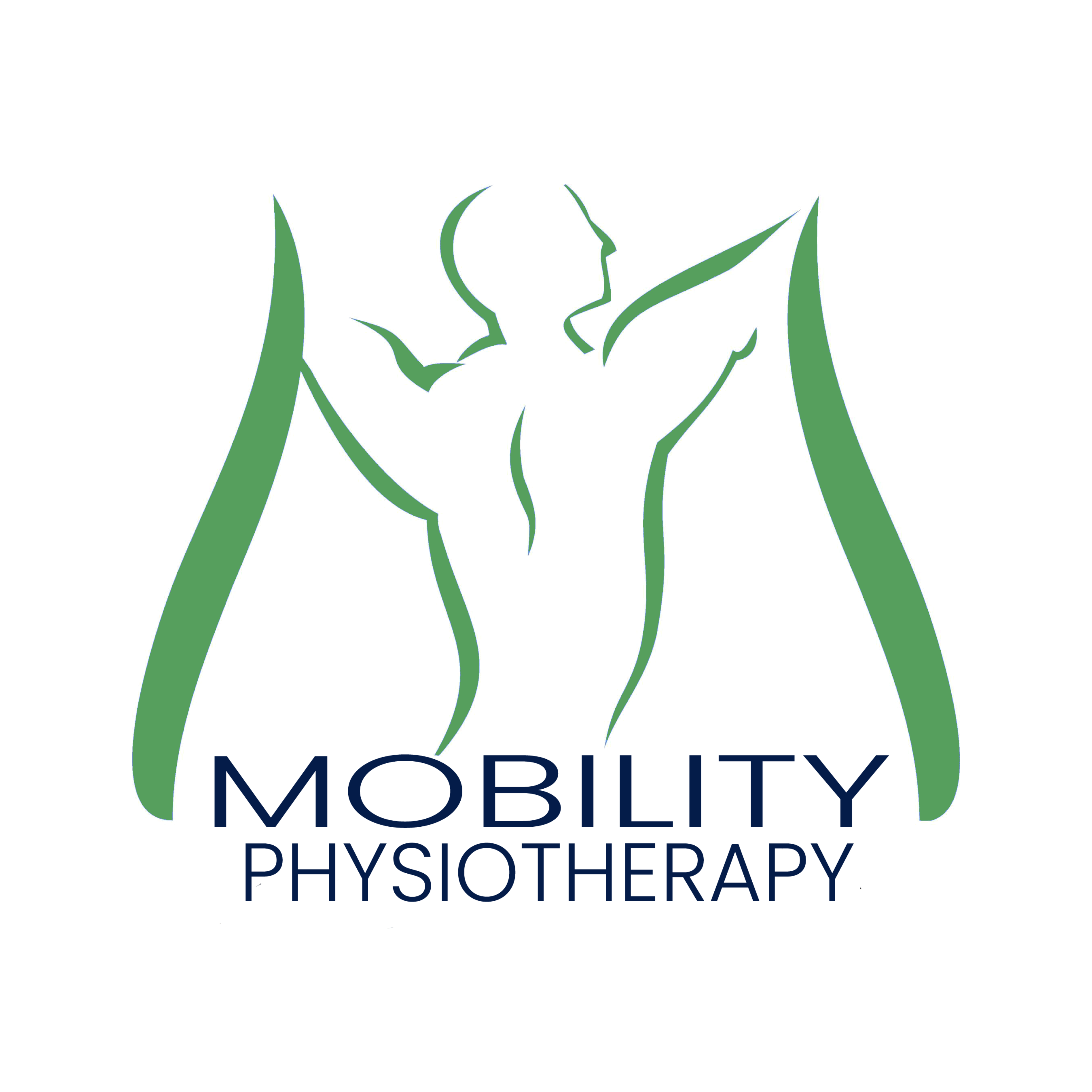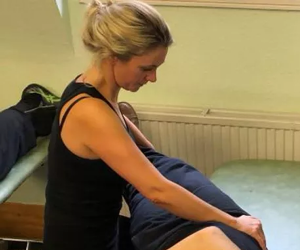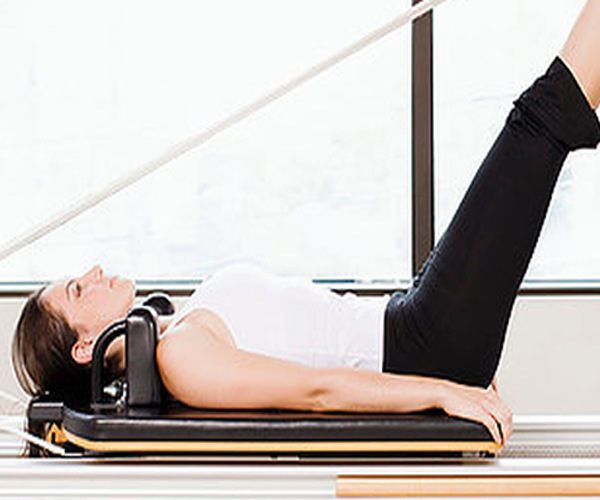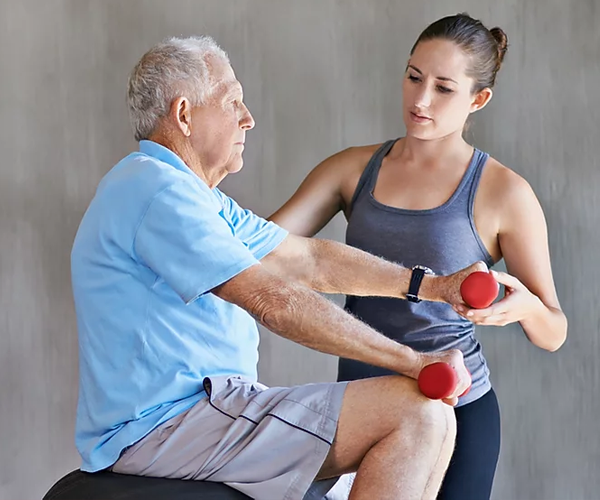Hypermobility is characterised by the increased range of movement of joints and joint flexibility (laxity). It occurs normally in children and adolescents but can present in adults as a result of disease for example Marfan or Ehlers-Danlos syndrome (hEDS).
You may have recently been diagnosed with hypermobility or some years ago. You may be symptom free or suffer with pain, fatigue, balance difficulties, poor posture, lack of strength, anxiety, low mood, the list goes on.
Hypermobility is different for everyone and provides different limitations. Although there is no cure for hypermobility, physiotherapy can be extremely effective in helping to:
- reduce pain and risk of dislocations
- improve muscle strength and fitness
- improve posture and balance
There are a number of specialist techniques and treatment options used in physiotherapy to help manage hypermobility, some of which are described below.
As every person is unique and responds differently to treatment, it is always recommended to have a one to one assessment prior to embarking on any course of exercise or treatment in order to assess your condition and understand your goals and requirements.
Pilates
Pilates works on increasing core strength, improving posture, function and improving your body’s balance and awareness system (proprioception). It will help you and your body to learn correct movement patterns and safe ranges for your joints.
With hypermobility not all joints are affected and you may also experience stiffness in some joints. This can lead to you compensating through the hypermobile joints, as you cannot achieve the range through the stiffer joints.
In some hypermobility conditions such as hEDS, some repetitive movements may not be suitable, so instead Pilates can incorporate movement patterns as opposed to single, repetitive movements, which may irritate some joints.
Chronic pain can lead to incorrect breathing patterns and Pilates can help to normalise these. Correct breathing can also help to reduce anxiety and provide a feeling of well-being.
Women should be careful around menstruation time as increased amounts of hormones can cause further laxity in joints.
Your physiotherapist will be able to assess and advise you on your level, any compensatory movement patterns and how much you can tolerate.
Strengthening exercise programmes – Strengthening is very important with Hypermobility as it helps protect the joint, increase function and stamina.
Research shows that progressive strengthening exercises; that consisted of closed chain (where the joint is fixed or stationary) and proprioception exercises, reduced pain and increased proprioception in hEDS patients. Again you need to seek advice about what you can and cannot do. This leads onto pacing.
Pacing
If you work too hard one day your body could become fatigued and you might find your pain increased and your function decreased. Learning to understand your body and what you’re able to do day to day will enable you to keep a steady function, rather than fluctuating. Remember, everyone is different, so don’t compare yourself to others.
Kinesiology Taping
You may have seen kinesiology tape wrapped around some athlete in bright colours. It’s a very good tool as it improves support and proprioception of a joint, which can be very helpful in hypermobility. Kinesiology tape is flexible so it doesn’t restrict the joint’s natural range of movement. After all, we want your joints to move but in a supported, correct way. It’s also great for pain relief as in stimulates nerve receptors called nociceptors, which help the body and brain to reduce the output of pain to the brain.
Pain relief
The use of hot or cold packs on various joint can help to reduce pain. Transcutaneous electrical nerve stimulation (TENS) can also be very effective in reducing pain. Massage and soft tissue work, such as myofascial and trigger point release can be of use. Dry needling (think acupuncture but more focussed on certain muscular pain) can really help too. Also some manual mobilisations of stiff joints can be helpful.
These are some of the treatment tools we use in Physiotherapy. This is not a definitive list, we are all so unique and therefore need a tailor-made programme to help you with your particular difficulties and achieving your goals.




 This page contains the current position that Mobility Physiotherapy Limited is taking based on the latest government and our professional body guidance to ensure the health and safety of our patients.
This page contains the current position that Mobility Physiotherapy Limited is taking based on the latest government and our professional body guidance to ensure the health and safety of our patients.




